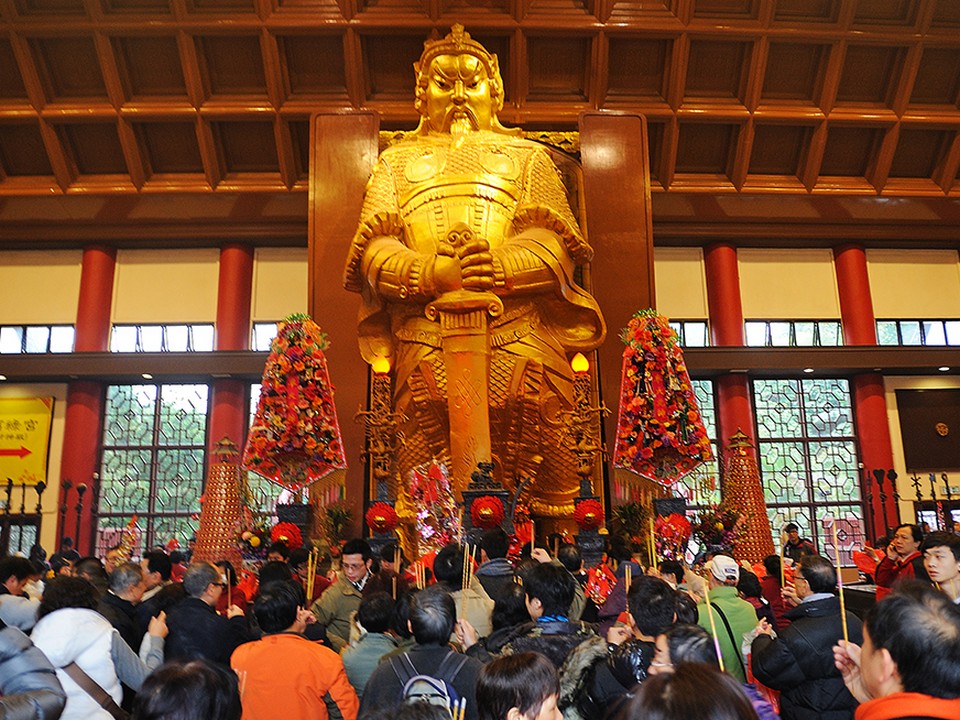
Sha Tin may not be on the top of your list to visit, but we assure you there is plenty to see and do. As Hong Kong’s first bedroom community, Sha Tin offers experiences that range from historic relics, to living villages, and local delicacies.
Here are some of our top picks.

Tsang Tai Uk
One of Hong Kong’s best-preserved walled villages is just a short walk from MTR Che Kung Temple Station. Tsang Tai Uk
{{title}} Address {{address}} Website {{website}} More info was built in 1847 by stonemason Tsang Koon-man, the compound was home to the Tsang clan, a Hakka family that had migrated to Hong Kong in the 17th century. You can still see the original granite, bricks and timber used to build the village. Guard towers were built on each of the four corners to protect against pirates, who ran rampant in Hong Kong until the early 20th century. This is still a living village, but visitors are allowed to explore the courtyard and the ancestral hall.

Wing Wo Bee Farm
Yip Ki-hok has been keeping bees since he was a young boy in rural Guangdong province. He now runs this small apiary tucked in the hills beneath the Ten Thousand Buddhas Monastery. Wing Wo’s bees travel around the surrounding hills to collect nectar from lychee, longan and other native flowers; the honey is raw, unpasteurised and utterly delicious, with a complex flavour that varies depending on the season. Wing Wo Bee Farm
{{title}} Address {{address}} Website {{website}} More info also sells royal jelly, bee pollen and beeswax.

Che Kung Temple
This imposing temple is dedicated to Che Kung, a Southern Song dynasty military commander who was particularly skilled in putting down uprisings in the 13th century. He escorted the last Song emperors to Hong Kong as they fled Mongolian invaders. People in Sha Tin dedicated a temple to him about 300 years ago in order to stop the spread of a local epidemic; local lore has it that the disease vanished the day the temple was completed. Visitors today will encounter a giant statue of Che Kung at Che Kung Temple
{{title}} Address {{address}} Website {{website}} More info and a wheel of fortune that is said to bring good luck when spun three times.

Hitachino Nest Hong Kong
Family-run Hitachino Nest
{{title}} Address {{address}} Website {{website}} More info was one of Japan’s pioneering microbreweries when it opened in 1996. It recently expanded to Hong Kong, where it built an unusual brewery spread across multiple floors in the industrial district of Fo Tan. Every Saturday, visitors are welcome to tour the brewery and sample the locally brewed beers, which include some Hong Kong variations on the orangey Dai Dai Ale and the coffee-flavoured Espresso Stout.
Information in this article is subject to change without advance notice. Please contact the relevant product or service providers for enquiries.
The Hong Kong Tourism Board disclaims any liability as to the quality or fitness for purpose of third party products and services; and makes no representation or warranty as to the accuracy, adequacy or reliability of any information contained herein.






 Live Chat
Live Chat









